With Roman origins, Viking successes, a stunning Norman Cathedral, and its Georgian gorgeousness, a visit to York is a journey through layers of history.
“The extraordinary thing about York is that it’s like an enormous trifle,” said British TV presenter and author Tony Robinson on a visit to the city for Channel 4’s Time Team archeology programme. “Wherever you dig, you discover amazing layers of history. You can find the jelly of the Vikings, the sponge of the Middle Ages and the maraschino cherry of the Romans!”
A whole mass of rich and colourful history dating back some 2,000 years has left its mark on 21st century York. Some layers of this heritage are still buried five to six metres beneath its narrow cobbled streets, including churches, cemeteries and defences. But plenty also stand proudly above ground level, providing amazing clues to York’s often glorious – and frequently bloody – past.
The best way to unravel the many stories is on foot – York may be packed to the seams with heritage but its historic heart is compact. The tale starts with the Romans, who founded York in AD71 after the legendary 9th Legion arrived to subdue the hostile tribes of the north. They established a fortress at Eboracum, or ‘the place of yew trees’, that grew into a great military centre facing a great civilian centre across the River Ouse. Today there are many reminders of this imperial age – and not just the many artifacts on display in the galleries at the Yorkshire Museum, located in the stunning open space of the Museum Gardens.

If you walk along Stonegate and Petergate you are actually walking on the two key streets from the ancient city, the Via Praetoria and Via Principalis. And they still run along the same routes as they did two millennia ago. Other remains dotted around include a Roman column in Deangate that was recovered from the foundations of York Minster. There’s also a statue of Constantine the Great in front of the Minster, a reminder that he was crowned Roman Emperor at York in 306.
The Roman Baths at St Samson’s Square are one of the city’s quirkiest tucked away treasures. The small Roman Bath Museum can only be reached by steps down from the square as the remains of the once-great baths now reside in the basement of the pub above, the aptly-named Roman Bath. There is also evidence of the advanced Roman sewer system.
When the Romans left, it heralded the start of the Dark Ages, and Eboracum became the Saxon settlement of Eorforwick. The next invaders were the Vikings, who sailed up the Ouse in 866 and took the city under the leadership of the interestingly-named Ivar the Boneless. It was, of course, the Vikings that changed the name to Jorvik.
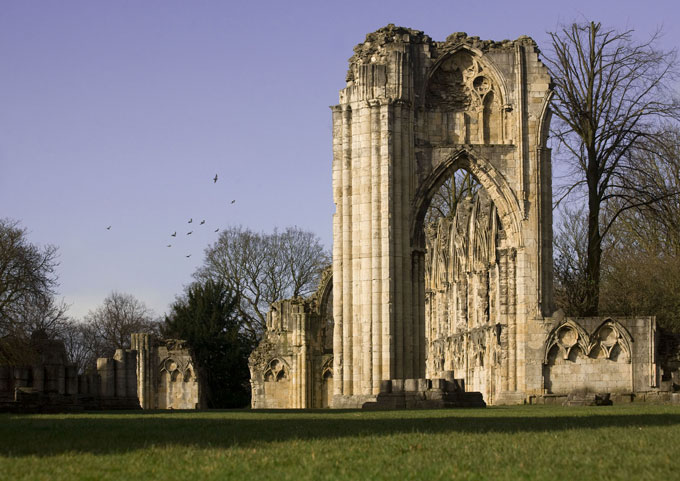
The Danes soon turned the city into an important trading port, and many amazing artifacts have been unearthed in the Coppergate area that show what life was like. Archaeologists have uncovered Jorvik houses, workshops and backyards, along with bone, leather, textiles, bugs and beetles. The Jorvik Viking Centre now stands on the site where the excavations took place, and it’s well worth a visit for a unique peek into the sights, sounds and smells of everyday Viking life.
Moving on to the 11th century, and yet another invasion – this time by the Normans. They built the Minster’s amazing Norman crypt and other fragments of their rule are also etched on the city in the form of the Norman doorways of the churches of St Deny’s, St Margaret’s and the old St Lawrence’s beyond the River Foss.
But it is the medieval period to which the city owes some of its most stunning architecture. The magnificent medieval stonework of the city walls was erected in the 13th century – the walls stretched for two miles and were intended to be a defence against the Scots. Beneath them lie the remains of earlier walls dating back to the Romans.
Substantial parts remain well preserved, dotted with the five main ‘bars’, or gateways, with one Victorian gateway, one postern (a small gateway) and 45 towers. A walk along the walls – with regular stops to peer through the ancient arrow slits in the thick stone at the city inside and countryside outside – is a highlight of any visit.
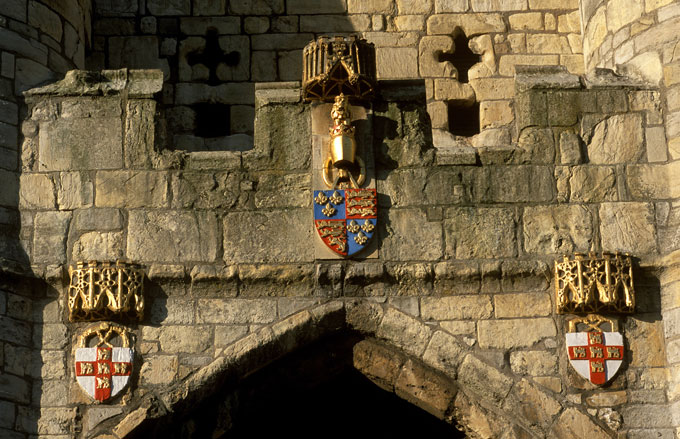
The ancient walls hold many stories of York’s bloody past. At Bootham Bar and Micklegate Bar, the heads of traitors and rebels were displayed on spikes, and one notable victim was the Duke of York after the Battle of Wakefield in 1460. “Off with his head and set it on York’s gates; so York may overlook the Town of York”, wrote Shakespeare in Henry V Part III.
Other points of interest include Monk Bar, where the portcullis survives, complete with winding mechanism – it was lowered on Sunday afternoons before World War I. And on the walls behind Merchant Taylors Hall are two garderobe seats, which acted as a public toilet in the Middle Ages. From 1501, door knockers were added to the Bars for “Scots and other vagabonds and rascals” wanting to enter York.
Relations have thawed with those north of the border, although the statute allowing York’s citizens to shoot a Scotsman on sight within the city walls, provided he is carrying a bow and arrow, has never been repealed.
Meanwhile, the Barbican at Walmgate Bar shows a pronounced sag in the north wall – the result of the siege of York during the Civil War.
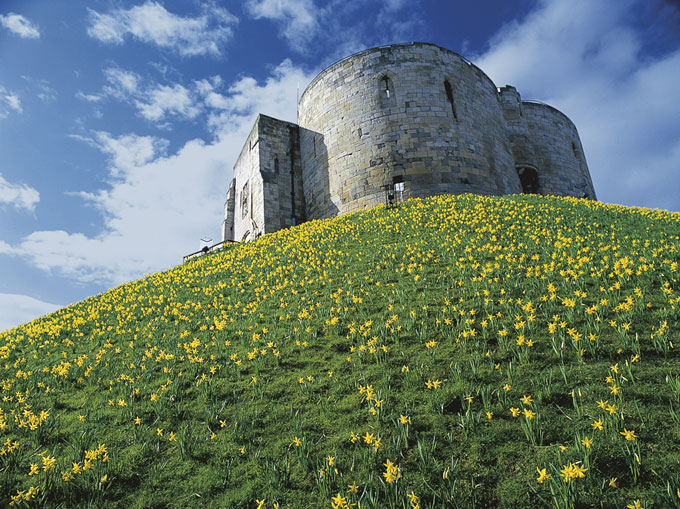
It’s also worth the short stroll over to Clifford’s Tower, the principal surviving stonework remnant of York’s medieval castle. Perched high on its grassy mound, it’s also seen its fair share of gore. It got its name from Roger de Clifford, who was hung alive in chains from the tower in 1322 for rebellion against Edward II. It was also the scene of a Jewish massacre, and later the Debtor’s Prison where Dick Turpin was held, and in the 19th century public hangings took place outside in St George’s Field. Today it’s an English Heritage site offering sweeping views of the city.
Towering over all this, with its majestic medieval architecture, is the Minster. York has been a spiritual capital of the North for more than 2,000 years, with the Minster at its heart. With its screaming gargoyles, medieval stained glass and ancient crypts – complete with the bones of long departed saints – it dominates the city’s skyline. And the 275 spiral stairs past the rooftops offer more breathtaking views from the Central Tower.
Completed in the 1470s, the Minster took 250 years to build. It stands on yet more layers of history as it was erected on the foundations of the former Roman fortress that once housed 5,600 soldiers – parts of the officers’ houses are still evident in the Undercroft.
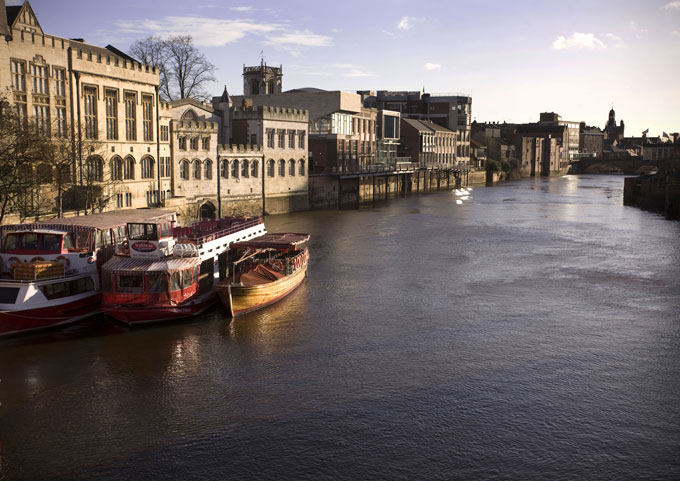
Nearby you will find a haphazard tangle of narrow streets and ‘snickelways’ (a collection of small streets and footpaths, specifically in York). The most famous is The Shambles, one of Europe’s oldest Medieval streets, its buildings leaning precariously close to one another, blocking out the light as they head skywards.
The Shambles was formerly a street of butcher’s shops and houses, many complete with slaughterhouses at the back. The butcher’s shops have all but gone – although you can still see the wide windowsills where the meat was displayed for sale – and have now been replaced by a jumble of quaint antique, jewellery and gift shops, all jostling for space.
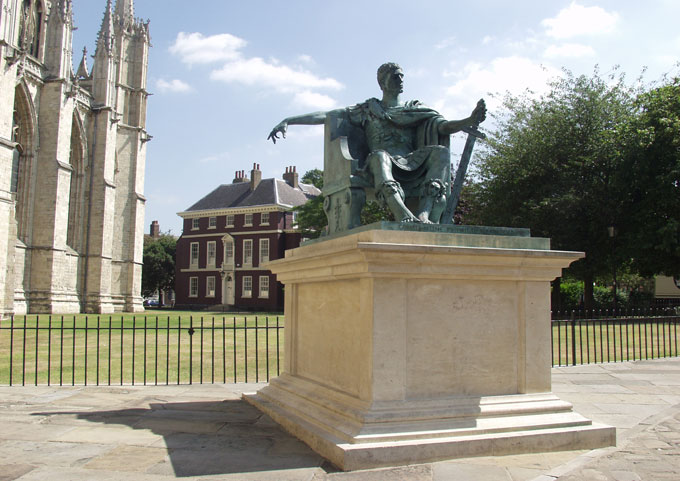
In stark contrast to these higgledy-piggledy streets is the sheer elegance of Georgian York. A five-minute walk takes you back to Castlegate and to one of the most beautiful examples of Georgian living, Fairfax House. An elegant 18th century town house built when York was at the height of its popularity among the leisured classes, it was originally the winter home of Viscount Fairfax. Today, restored to its former glory by York Civic Trust, it offers a taste of the splendour of Georgian York.
The Victorians brought the railway to York, and the train station today, – with its magnificent edifice dating from 1877 – is regarded as one of the finest examples of civil engineering from this era. It therefore seems fitting that York also houses the National Railway Museum, the world’s largest collection of all things train-related.
As the sun goes down, the perfect way to finish the day in York is to join one of the many ghost walks that trail their way around the city, recounting tales of hauntings, persecution and murder. In 2002, the International Ghost Research Foundation named York as Europe’s most haunted city. With its history of conflict and tragedy, York is a mecca for ghost hunters, and it seems there’s a ghoulish story for just about every single alleyway and building.
One of the most famous stories involves Roman Legionnaires seen marching through a haunted cellar – visible only from the knee upwards. It later emerged the ghostly crew were walking on the old Roman road, the Via Decumana – which was buried 15 inches below the surface.
It seems that even the ghosts in York can’t avoid those layers of history.
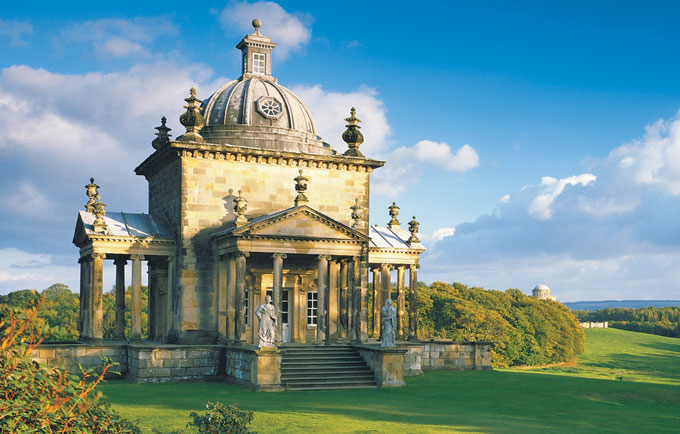
What to do in and around York
This spectacular eighteenth-century palace is the family home of the Howard family, and a15-mile drive from York. It’s packed with treasures assembled by successive generations after their tours of the Continent, while the grounds are filled with lakes, temples, monuments and a grand mausoleum. It was also the fictional “Brideshead” for the adaptation of Evelyn Waugh’s Brideshead Revisited.
Tel: (01653) 648333
Every February the streets are filled with the sounds of Norsemen as hundreds of modern day Vikings descend on the city for this sword-clashing extravaganza. Expect full-scale battle re-enactments, encampments, saga-telling and longship burning on Knavesmire.
Tel: (01904) 615505
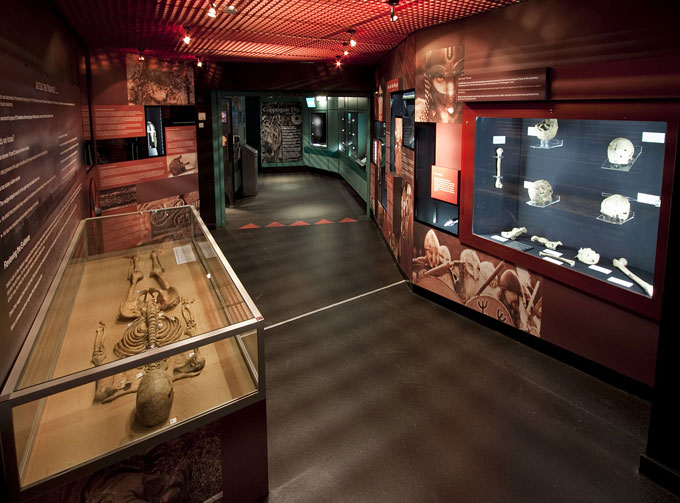
York is on the doorstep of the North York Moors – a truly beautiful National Park that provides sweeping landscapes of vast open spaces, stunning moorland and picture postcard villages. Visit in July and August to make the most of the colourful heather that carpets the hills and gorges.
(01439) 770657
Legend has it that there are 365 pubs in York, one for every day of the year. Among them is The Snickleway, a 15th Century inn located in historic Goodramgate that is reputed to be the most haunted pub in Britain. Among the five spirits believed to reside there is former landlady Mrs Tulliver with her cat Seamus – customers claim to have felt Seamus rubbing against their legs.
Tel: (01904) 656138
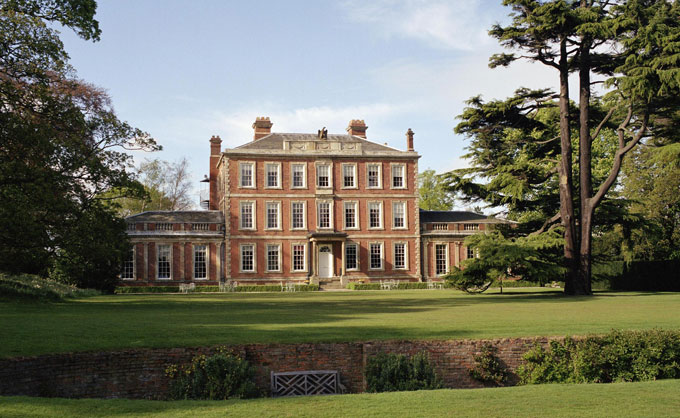
This grand old country house was built in 1699 and was restored and reopened as a luxury hotel in 1984. It is now an elegant National Trust property surrounded by 20 acres of manicured gardens and parkland and overlooking York Racecourse.
(01904) 641241
This collection was the brainchild of John Kirk, a country doctor and antiquarian who rescued a clutch of everyday items between 1890 and 1920 that he realised were part of a vanishing way of life. Visit the Victorian parlour, the 1850s Moorland cottage and Jacobean dining room – or take a stroll down the recreated Victorian Street of Kirkgate.
(01904) 687687
Billed as “a saga of convenience through the ages”, this walk provides an insight into everything from Roman hygiene, the dubious comforts of medieval garderobes and 19th Century attempts to promote public decency.
Tel: (01904) 550099
Related articlesRoyal quiz |
Click here to subscribe! |





 © 2024
© 2024